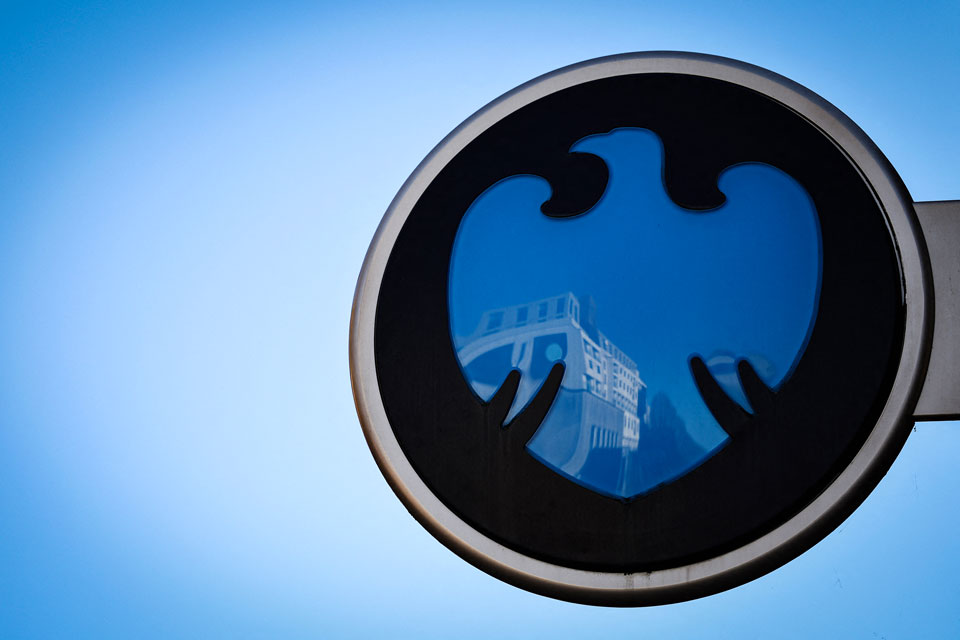On Tuesday, Barclays chief executive CS Venkatakrishnan provided a long-awaited investor update and fourth-quarter and full-year 2023 results.
Equity investors greeted it with approval. The share price rose 9% after Venkat promised to return much more of the capital Barclays generates to its shareholders over the next three years.
It will return over £10 billion between 2024 and 2026, equivalent to 44% of its market capitalization on the morning of the announcement. That is well up on the £7.7 billion it returned through dividends and buybacks between 2021 and 2023 and far ahead of the £5.7 billion shareholders received in the seven years from 2014 up to 2020.
In addition, Venkat unveiled a detailed plan to boost group return on tangible equity (RoTE) from around 10% that Barclays has managed over the last three years to above 12% by 2026, while still maintaining a conservative common equity tier-1 ratio of between 13% and 14%.
It says that it has under lent and under-earned, notably in the UK, and is re-expanding a risk appetite that it reined in after 2020 in expectation of greater damage to its home market from Brexit and then from high inflation and high rates.
Now, heartened that losses have come in below expectations and believing that rates will fall, it intends to lend more in riskier segments such as high loan-to-value mortgages and unsecured consumer credit.
Barrels
These promised buybacks and higher return targets go beyond the expectations of the many sell-side analysts who have long argued that Barclays is undervalued.
Peter Richardson at Berenberg, describes the investor update as “giving it both barrels”. In fact, Venkat fired a third barrel, arriving at a sensible-seeming compromise with shareholders over the debate that will not die: should Barclays retain such a large investment bank?

This used to account for 63% of group risk-weighted assets. Some reasonable sleight of hand in a re-segmentation of group businesses to separate some corporate lending from the investment banking and markets division, cuts this to 58%, and it will hit 50% of group RWAs by 2026 while at least achieving the group target of above 12% RoTE.
This is where the scepticism starts to creep in.
Barclays now says that its two worst-performing divisions, the investment bank and US credit cards, will hit that target RoTE in 2026 while it also seeks greater efficiency and revenue in the other three strongly performing divisions: Barclays UK, the UK corporate bank and Private Banking and Wealth Management, now returning close to 20%.
We’re simple folk at Euromoney, but this doesn’t seem to add up. The promised buybacks seem to signal confidence that the above 12% group return target is achievable. But why isn’t it higher?
Even the weakest divisions are meant to hit that level. And they are due to account for a smaller part of the group compared to the much higher returning ones.
And there is a bigger issue. The investor update was meant to re-write the social contract with investors. The one-day rally on Tuesday must have come as a relief to Venkat and his colleagues. But it means that investors now value the shares at just 0.49 times the group’s tangible net asset value per share.
The promised buybacks seem to signal confidence that the above 12% group return target is achievable. But why isn’t it higher?
Andrew Coombs at Citi says he is often asked by international investors why UK banks trade at such wide discounts. He suggests that, unlike among Barclays’ risk managers, UK macro concerns never dissipated following Brexit and political changes. Meanwhile it is not only higher inflation and rates that have led to a higher cost of equity. Conduct issues have also driven equity risk premiums higher for UK banks.
Barclays says it got out of motor finance in 2019 and only had a single digit market share before that and so has not seen the need to provision against the latest investigation by the FCA into the sector, of which the outcome remains uncertain.
Venkat himself, while pointing out how much stronger Barclays is today than at its last investor update in 2014 when it was running with a CET1 of just 9.3%, admits that his greatest disappointment remains that in the following years Barclays had to pay out £16 billion on litigation and conduct issues.
So that sharp valuation discount seems unlikely to close any time soon.
Mark Baker raises questions of how much of the coming revival in investment banking activity Barclays might capture if it still does not, 15 years after buying Lehman Brothers, have decent equity capital markets and M&A businesses.
Not only fans
And not everyone is a fan of Venkat’s latest update.
“Today’s announcement doesn’t instil confidence as it’s tinkering at the edges, not making radical changes,” says Russ Mould, investment director at AJ Bell. “The investment banking arm continues to stick out like a sore thumb as it isn’t a natural fit to the rest of the business. Appointing four people to lead that division suggests the CEO doesn’t know what to do with it. Too many cooks spoil the broth, and the head chef is focused too much on sweet talking and not enough on action.”
Here is one radical suggestion: If the UK stock market has such an aversion to the story, could Barclays, which has a dual listing in New York, shift its primary listing there?
That has been a growing trend for companies seeking a better valuation in a more developed and sophisticated stock market compared with the one that even UK pension funds have abandoned.
If the UK stock market has such an aversion to the story, could Barclays, which has a dual listing in New York, shift its primary listing there?
Even after last year’s sell off in US banking stocks appeared to be closing the valuation gap against European peers, shares in Morgan Stanley – which derives close to half its earnings from the institutional securities group that houses its investment banking and markets division – still trade at over one times book value per share. So too do shares in Goldman Sachs. Only Citi, in the middle of its own complex restructuring, trades below book.
Such a shift might look odd given Venkat’s seeming enthusiasm for the UK as a great place to do business in and from. But Barclays also likes to remind us that it is a transatlantic company, with big investment banking operations in the largest and most profitable market for that business.
Yes, this is a 330-year-old British bank with 20 million UK customers. But it also has 20 million US customers served through big partners of its US cards business, which is set to see the biggest uptick in returns from the 2023 base if the three-year plan succeeds.
The Barclays story is still dominated by an investment bank that it has been struggling to get right since big bang 40 years ago.
US stock market investors may have their own concerns about the quality and reliability of investment bank earnings, but at least they understand the business.




